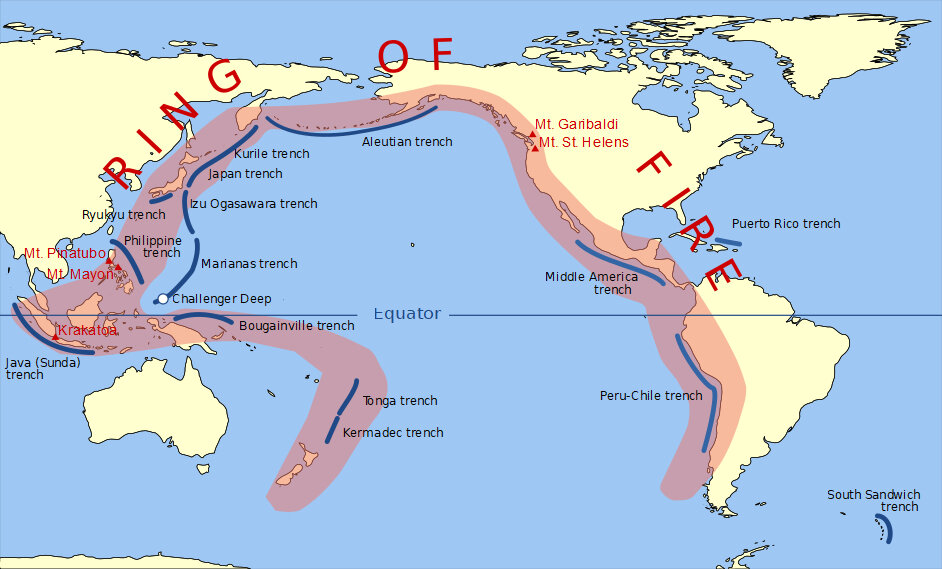A research team from University of Lisbon (Portugal) and Johannes Gutenberg University (Germany) has developed for the first time an advanced numerical model of one of the main processes behind the movement of Earth’s tectonic plates.
The tectonic plates that form the Earth’s surface are like puzzle pieces that are in constant, very slow motion—on average, they move only up to around 10 centimeters a year. But these puzzle pieces don’t quite fit together: there are zones on one plate that end up plunging under another—the so-called subduction zones, central to the dynamics of the planet. This movement is slow, but it can lead to moments of great energy release and, over thousands of years, large mountain ranges or marine trenches are formed in these regions. Read more…

